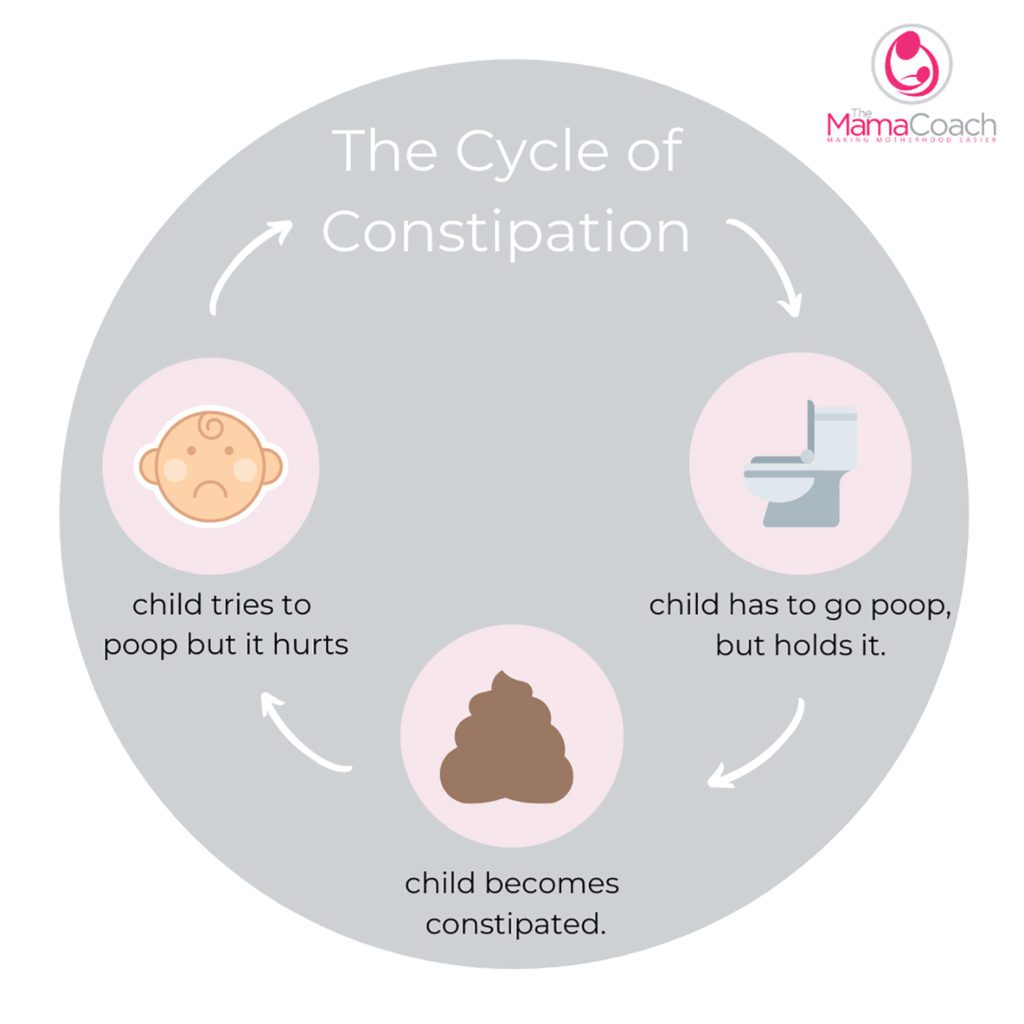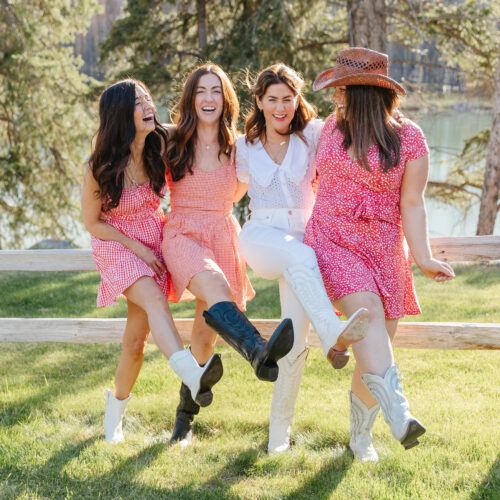Sometimes, I think I have the whole Potty Training (aka Toilet Learning) under control, and then Leo or Annie throw me for a loop! If you are anything like me and looking for some helpful tips and tricks for successful toilet learning, this is just the blog for you! Today, I am SO excited to welcome back, Carrie from The Mama Coach who is taking over the blog AND our JH the Brand IG stories to share some helpful toilet learning resources with you!
If you are curious about some of her other blog contribution you can check them out, here!
Take it away, Carrie!!
Do you ever feel like you just get things on track with your little one — they are sleeping, the routine is working, etc. — and then all of a sudden, a new milestone enters the picture? We feel like that sums up life with little ones … just when you think you have it all figured out, along comes another curveball to keep you on your toes. The curveball we are chatting about today is potty training, or as we like to call it at The Mama Coach, “Toilet Learning”. Over the years we have listened to the expressed frustrations of so many families and kept searching for an easier way to tackle this milestone.
This is what inspired our Mama Coach founder to write our Toilet Learning programs (parent and child-led). We hope that with our support, toilet learning isn’t one of your parenting regrets. We hope it becomes one of your greatest successes!
Why do we call it Toilet Learning?
It’s all in the name — this is a learning experience first and foremost. Ultimately, choosing to go to the bathroom versus go in their diaper is 100% within your child’s control. This is a new skill that your child can learn with lots of love and support. This can be a really rewarding experience for the entire family, as your little one is capable of so much. Today we are sharing our top three tips to help you prepare and understand the Toilet Learning journey:
1. Don’t stress about your little one’s age
There is so much unspoken pressure surrounding the age at which your child achieves their first and ongoing milestones, i.e. first words, first steps, sleeping through the night. As parents, sometimes we might worry if our child reaches a milestone later than our friends’ babies, babies in a mom group, or the people we follow on Instagram. Comparing and/or wanting our children to keep caught up to others sometimes sways our decision to push our children to start something before they are developmentally ready. Your child’s ability to learn to use the toilet is in no way a measure of their intelligence.
There is no perfect age that you should begin toilet learning. Honestly, your child’s readiness is so much more important than your child’s physical age. Typically, most children are ready to learn to use the toilet between two and three. Some research points out that starting toilet learning under two years of age can make your child more susceptible to pee accidents, bedwetting, and constipation.
2. Determining readiness is more important than the method you choose
Toilet learning is exponentially easier when both you and your little one are ready and excited for the process. How do you know if your child is ready? After embarking on our own research journey, we came up with the 9 signs of readiness you can use to help ensure success with Toilet Learning. If you would like to take our free readiness quiz, click HERE. These nine signs are a combination of both physical and cognitive milestones, that when mastered, take the stress out of Toilet Learning. We will touch on the two main signs to follow:
Ensure your child is NOT constipated. This is honestly our biggest sign of readiness. Something we just don’t talk about enough is constipation. Ensuring your child’s poop is soft and mushy is imperative. Why does this matter? If your little one is still in diapers, they likely don’t think twice about pooping, especially if it is soft and easy to pass.
Once your child starts to poop in the toilet, the choice becomes involved. When they feel the urge to poop, they can choose to go sit on the toilet, or ignore the feeling (you will often see children hide and get red in the face when they are trying to avoid pooping). Some books even say it is normal for your little one to hold their poop during the toilet learning process. Holding their poop actually becomes a cyclical problem.

Why constipation matters!
If your child starts Toilet Learning already constipated, they will have a hard time pooping (and it will hurt). This pain will be associated with using the toilet, which will cause your child to continue to hold their poop. As you can imagine, this cycle will only become worse and worse as the poop builds up, stretching their rectum, and potentially causing long term issues.
This can also happen if we start toilet learning too early. Remember, using the toilet is ultimately your little one’s choice. The younger the child, often the more easily distracted they are, which sometimes leads to ignoring the urge to poop in favour of playtime. Your child should be pooping a minimum of once every day. If they continuously ignore the urge to poop, the same result (as outlined in the paragraph above) will occur.
Bedwetting & Constipation
Constipation is also closely linked to bedwetting. There are limitless, differing views and opinions on bedwetting. It is normal for children to be day trained first and for night training to follow. If children aren’t constipated, most will achieve bowel and bladder control by their fourth birthday. However, if your child is struggling with bedwetting, ask yourself if they might be constipated? If your child’s rectum is stretched and full of stool, it can put pressure on the bladder — causing pee accidents and bedwetting. When your child poops, is it large in diameter, hard or small rabbit-like turds? Does your child poop daily? Resolving constipation can often help resolve the bedwetting.
Ensuring your child is not constipated is a huge step in being ready for Toilet Learning. Fibre and fluids are great prevention tools, however, if this is an ongoing issue for your child, it is important to see your healthcare provider to discuss constipation relief solutions. Over time, your child will become more vocal and aware regarding their own elimination. They may say “poop” when they poop or point to their wet diaper after going pee. This awareness will help your child in the process of teaching themselves to use the potty. Try to use supportive language like, “That’s right! Your body said you need to poop.” or “Yes, your tummy told you it is time to poop”. Trying to start with a little one who doesn’t notice when their diaper is wet or soiled, will make things much more challenging on the journey.
3. Avoid the power struggle
Choosing to use the toilet is 100% up to your little one. This can be so frustrating as parents because you likely feel that your child is more than capable. Why won’t they just go in the toilet already! If you are feeling this way, first off, know that you’re not alone. These are common struggles in the toilet learning department. Secondly, let’s chat about some strategies on how you can support your child through the process without creating a power struggle.
No matter what “method” of toilet learning you choose, the language and feelings we convey toward our children will be the same. As adults and parents, we need to lead by example. We are suggesting this should happen during Toilet Learning, as well as all the future milestones and challenges your child will face as they grow. If we as parents are stressed, frustrated, disappointed, etc. our children will likely reflect those emotions right back to us. If we express negative emotions surrounding Toilet Learning, our children won’t perceive the learning experience as fun, and will often refuse to even try.
When looking at the research surrounding Toilet Learning, punishment has not been shown to be a helpful learning tool. Punishing the child for having an accident will create a negative feedback loop. The child will likely lose any excitement they had regarding toilet learning, replacing that excitement with dread and fear over the next encounter. Often this causes more frequent pee accidents, poop holding (which leads to chronic constipation), and a lot of tears and anxiety for everyone.
Child-Led vs. Parent-Led
If you are experiencing any of these negative feelings, take a deep breath and also take a break from Toilet Learning. Pushing pause and taking the pressure off both you and your child is what you both need. Go back to diapers or pull-ups, and don’t prompt or ask your child if they need to go to the bathroom. Refer back to our 9 signs of readiness and start back up after a couple of weeks once you’ve ensured they have mastered all 9 signs. This time around, we suggest using a child-led approach.
We have developed two different methods for you to use — The Mama Coach parent-led method and The Mama Coach child-led method. One is not more effective than the other. However, if you are experiencing struggles with toilet learning, our child-led method gives your child total control over the process, while allowing you to gently guide and support them along the way. Our parent-led method is just as empowering, yet is slightly more structured and perfect for those who haven’t started toilet learning yet, or have their children in childcare.
Toilet Learning Success
The last thing we’d like to touch on is, how we define success during the Toilet Learning journey. As with all skills our children learn — they take time, our support, and lots and lots of practice. Starting this process knowing you will need to help your child as they learn, puts you in the right mindset for success. For example, your toddler may know ‘how’ to put on their coat and boots to go outside. However, if you only verbally prompted them to get ready versus physically helped them, you may be waiting for a long time to see the desired result. Instead of standing idly by, we guide our children along, gathering up their coat, helping put it on and to zip it up, lining up their boots to step into, and the mittens for them to hold.
Toilet Learning is no different. You will have to help your child for a short while — prompting them to try sitting on the toilet, wiping front to back, and helping with handwashing. Over time, your little one will become more and more independent, and you will play less of an active role and more of a stand by assist.
Remember, you are exactly what your child needs. The fact that you are even reading this shows your level of commitment to parenting to the best of your ability. Give yourself and your child grace as you navigate this new territory together. If you would like to find out more about Toilet Learning, take our quiz HERE. For any questions you may have, or to find a local Mama Coach to support your journey, reach out, and send us a message. As always, sending you so much love and support!
Carrie Bruno





Hi! Your links
For the quiz don’t seem to be working for me.